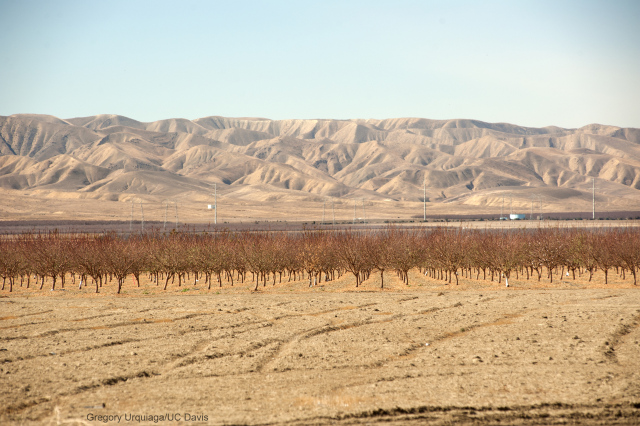By Jeffrey Mount, senior fellow at the Public Policy Institute of California (PPIC) Water Policy Center; and Catlin Chappelle, associate director of the PPIC Water Policy Center
We’re facing another very dry year, which follows one of the driest on record for Northern California and one of the hottest on record statewide.
The 2012-16 drought caused unprecedented stress to California’s ecosystems and pushed many native species to the brink of extinction, disrupting water management throughout the state.
Are we ready to manage our freshwater ecosystems through another drought?
After the last drought, the Public Policy Institute of California reviewed environmental management during the crisis. Despite notable efforts to avoid harm, we found that managers were unprepared for the impacts of an extended drought, which led to ad hoc decision-making and actions that were difficult, controversial and in some cases too late. Some examples include:
- The failure to properly manage cold water reserves in Shasta Reservoir, leading to the near-complete loss of endangered winter-run Chinook salmon eggs and juveniles in two consecutive years.
- Controversial, last-minute mandatory reductions in water use on tributaries to the Russian River, intended to save endangered coho salmon and steelhead trapped in drying streams.
- Emergency releases of water from Trinity Reservoir to save migrating salmon in the lower Klamath River.
- Contentious negotiations with landowners on tributaries to the Sacramento River to preserve flows for spring-run Chinook salmon.
- Numerous waivers of environmental standards for the Sacramento-San Joaquin Delta, and construction of barriers to reduce salinity in water for farms and cities.
- Breakdowns in communication and cooperation between operators of the federal Central Valley Project and state regulatory agencies.
Two key lessons emerged from that drought: better preparation can mitigate drought impacts to the environment; and cooperation and communication leads to better outcomes.
Many state and federal agencies need to respond to environmental drought, but two state agencies must lead the way. The Department of Fish and Wildlife is responsible for planning and implementing actions to protect native freshwater species. The State Water Board has authority over water rights permits and sets flow and water quality standards.
The governor’s Water Resilience Portfolio, finalized last June, calls for these two agencies to “develop strategies to protect communities and fish and wildlife in the event of drought lasting at least six years.”
Although these strategies have not been developed yet, the board reviewed the last drought and made recommendations for reform, and the Natural Resources Agency just released a comprehensive review of major state actions during the drought. If we are at the beginning of an extended drought, these agencies will again need to respond as it unfolds.
Here are some priorities they can tackle now to get ready:
- Improve data to better identify where problems are occurring – for example, by installing sufficient flow and water quality monitoring stations in known trouble spots. (Department of Fish and Wildlife)
- Rapidly identify flows needed on crucial rivers and streams to reduce drought impacts on species and habitat. Most rivers and streams in California have no flow standards, which are used to protect the environment. This will facilitate negotiations with water users to curtail use in critical areas. (Department of Fish and Wildlife, and State Water Board)
- Based on the previous drought, identify water rights that are likely to be curtailed and notify water right holders as soon as possible. (Department of Fish and Wildlife, and State Water Board)
- Hire staff to help enforce water rights permits in crucial watersheds to protect river flows from illegal diversions. (Department of Fish and Wildlife)
- Work with the Central Valley Project and the State Water Project to develop a coordinated drought preparation and response effort, and ensure it is closely monitored. (Department of Fish and Wildlife, and State Water Board)
- Anticipate numerous requests for waivers of environmental standards to maintain water supplies for farms and cities. Coordinate actions to avoid undue harm to rivers and wetlands. (State Water Board)
Perhaps the single most important thing both agencies can do is communicate – in advance – what their actions are likely to be during a drought emergency.
These agencies can’t do it on their own. They need cooperation from other state and federal agencies as well as the water user community. And they need the resources to do the job. Without more funding and staffing these perennially resource-limited agencies will have a tough road ahead.
Ultimately, the state also needs a long-range plan for protecting freshwater ecosystems from droughts and a changing climate. This is likely to require a change in philosophy and a shift toward a new approach – one that is more focused on ecosystem health than endangered species and adaptive to changing conditions.
If the coming spring and summer are like last year – or much of the past two decades – a drought emergency will be upon us shortly, leaving little time and resources to respond. Now is the time to act with urgency to get ahead of this problem.



